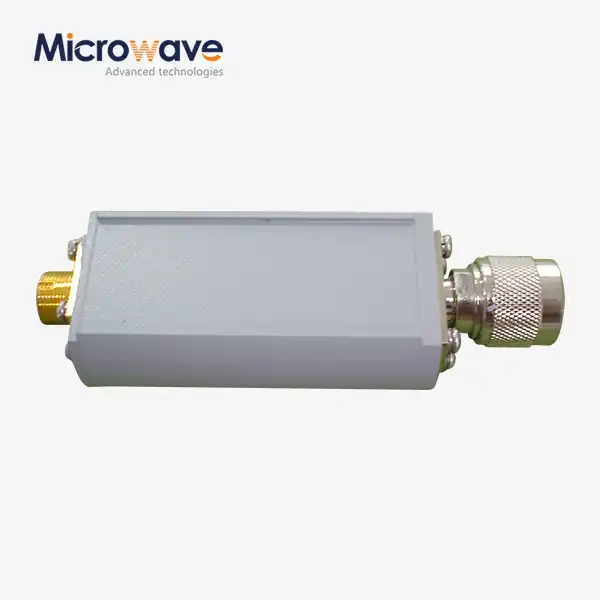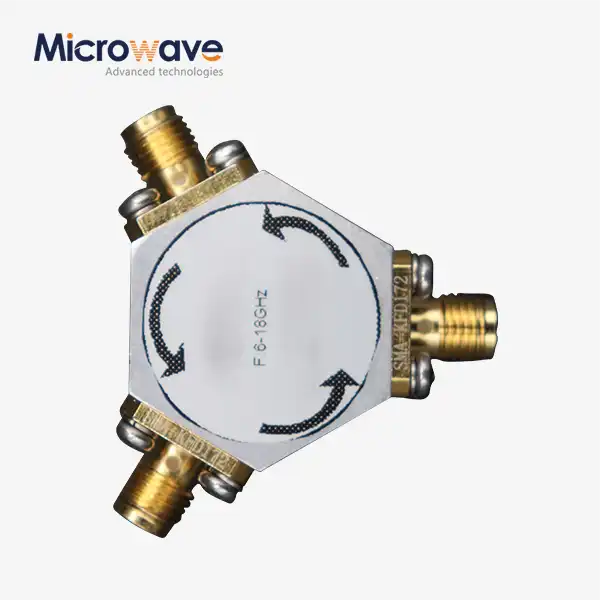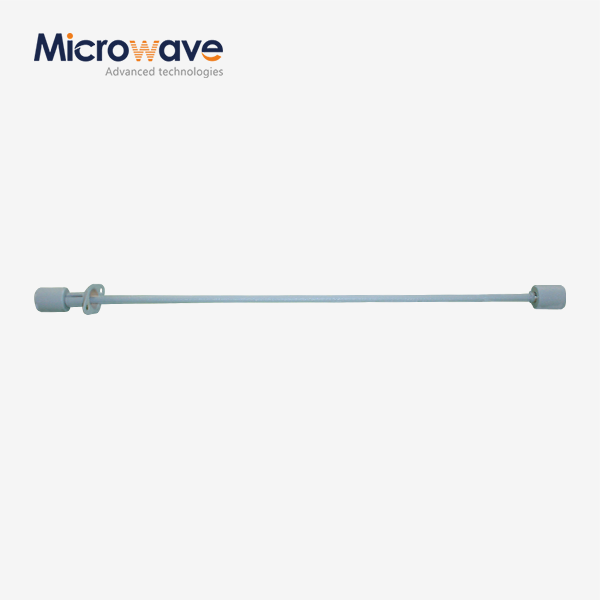What Are the Key Advantages of Using a Pyramid Horn Lens Antenna?
Pyramid Horn Lens Antenna technology represents a significant advancement in microwave antenna design, combining the directional capabilities of horn antennas with the focusing power of optical lenses to deliver exceptional performance across multiple applications. These sophisticated antennas offer enhanced signal quality, superior gain characteristics, and reduced sidelobe levels compared to conventional horn antennas. By integrating a planoconvex lens with a pyramidal horn structure, this innovative design achieves shorter axial dimensions while maintaining excellent radiation patterns and polarization purity, making it an ideal choice for satellite communications, aerospace systems, and defense applications where precision and reliability are paramount.
Enhanced Performance Characteristics of Pyramid Horn Lens Antennas
Superior Gain and Directivity Performance
Pyramid Horn Lens Antenna designs excel in providing exceptional gain characteristics that surpass traditional horn antenna configurations. The integration of a carefully engineered planoconvex lens with the pyramidal horn structure creates a unique electromagnetic focusing mechanism that concentrates radiated energy into highly directional beams. This advanced design approach enables the antenna to achieve gain levels of 20-25 dB across wide frequency ranges, as demonstrated in models like the HD-140LHA20A operating at 11.9-18.0 GHz and the HD-260LHA25A covering 21.7-33.0 GHz frequencies. The lens component acts as an electromagnetic collimator, transforming the natural spherical wavefront emerging from the horn aperture into a more uniform planar wavefront, resulting in improved antenna efficiency and enhanced far-field radiation patterns. This superior directivity performance makes Pyramid Horn Lens Antenna systems particularly valuable in applications requiring precise beam control, such as satellite ground stations where accurate pointing and minimal signal dispersion are critical for maintaining high-quality communication links over vast distances.
Exceptional Sidelobe Suppression Capabilities
The sidelobe suppression characteristics of Pyramid Horn Lens Antenna systems represent a major advancement in antenna technology, achieving remarkably low sidelobe levels that significantly reduce interference and improve system performance. Advanced engineering techniques employed in these antennas result in E-plane sidelobe levels of -15 dB or better and H-plane sidelobe levels reaching -26 dB or lower, substantially outperforming conventional horn antennas. This exceptional sidelobe suppression is achieved through the precise geometric design of the lens-horn combination, where the lens acts as an amplitude taper mechanism that smoothly transitions the field distribution across the antenna aperture. The Pyramid Horn Lens Antenna configuration minimizes unwanted radiation in non-desired directions, which is particularly crucial in dense electromagnetic environments where multiple communication systems operate simultaneously. This superior sidelobe performance reduces co-channel interference, improves signal-to-noise ratios, and enhances the overall system capacity in applications such as radar systems, telecommunication networks, and electronic warfare platforms where electromagnetic compatibility is essential.
Broad Frequency Coverage and Versatility
Pyramid Horn Lens Antenna systems demonstrate remarkable frequency versatility, operating effectively across wide bandwidth ranges that accommodate diverse application requirements from traditional microwave frequencies to emerging millimeter-wave applications. The inherent broadband characteristics of the horn-lens combination enable these antennas to maintain consistent performance parameters across frequency spans exceeding 50% bandwidth, making them ideal for multi-band communication systems and frequency-agile radar applications. Models such as the HD-140LHA20A covering 11.9-18.0 GHz and the HD-260LHA25A spanning 21.7-33.0 GHz demonstrate this versatility while maintaining excellent VSWR characteristics of 2.5:1 or better across their entire operational bands. The Pyramid Horn Lens Antenna design philosophy inherently supports broadband operation through the careful optimization of horn dimensions and lens parameters, ensuring that impedance matching and radiation pattern stability are maintained across the entire frequency range. This broad frequency coverage capability makes these antennas particularly valuable in modern communication systems that require operation across multiple frequency bands, software-defined radio applications, and future-proof installations where frequency requirements may evolve over time.
Advanced Design Features and Technical Innovation
Compact Form Factor and Space Efficiency
The compact design characteristics of Pyramid Horn Lens Antenna systems provide significant advantages in applications where space constraints are critical factors in system design and deployment. Unlike conventional horn antennas that require extensive axial lengths to achieve comparable performance levels, the lens-enhanced design enables substantially reduced physical dimensions while maintaining or improving electromagnetic performance. The integration of the planoconvex lens allows for shorter horn sections without compromising gain or radiation pattern quality, resulting in antenna lengths that are typically 30-40% shorter than equivalent gain traditional horns. For instance, the HD-260LHA25A model achieves 25 dB gain with a compact length of only 175mm and an aperture of 89×89mm, demonstrating exceptional space efficiency. This compact form factor is particularly advantageous in satellite communication terminals, airborne radar systems, and mobile communication platforms where weight and space are premium considerations. The Pyramid Horn Lens Antenna design enables system integrators to achieve superior RF performance while meeting stringent mechanical constraints, making it possible to deploy high-performance antenna systems in previously challenging environments.
Precision Manufacturing and Quality Assurance
The manufacturing excellence behind Pyramid Horn Lens Antenna systems reflects decades of precision engineering expertise and commitment to quality that ensures consistent, reliable performance across all production units. Advanced manufacturing processes employed in the fabrication of these antennas include computer-controlled machining of horn structures, precision optical grinding of lens surfaces, and sophisticated assembly techniques that maintain critical tolerances throughout the production process. Each Pyramid Horn Lens Antenna undergoes comprehensive testing in state-of-the-art facilities, including measurements in specialized 24-meter microwave darkrooms equipped with advanced antenna measurement systems capable of evaluating performance from 0.5 to 110 GHz. The manufacturing process incorporates ISO 9001:2015 quality management standards, ensuring that every antenna meets stringent performance specifications and reliability requirements. Quality control procedures include detailed dimensional inspections, electrical parameter verification, and environmental stress testing to guarantee long-term performance stability. This commitment to manufacturing excellence ensures that Pyramid Horn Lens Antenna systems deliver consistent, predictable performance in demanding operational environments while maintaining the high reliability standards required for critical applications in aerospace, defense, and telecommunications.
Environmental Durability and Reliability
Pyramid Horn Lens Antenna systems are engineered to withstand harsh environmental conditions while maintaining consistent performance throughout their operational lifetime, making them suitable for deployment in challenging outdoor and industrial environments. The robust construction incorporates high-quality materials selected for their resistance to temperature fluctuations, moisture ingress, and corrosive atmospheric conditions commonly encountered in marine, aerospace, and terrestrial applications. Environmental testing protocols ensure that these antennas maintain their electrical characteristics across temperature ranges from -40°C to +85°C, while specialized sealing techniques protect internal components from moisture and contaminants. The lens components are manufactured from materials with low thermal expansion coefficients and excellent optical stability, ensuring that focusing characteristics remain consistent across varying environmental conditions. Pyramid Horn Lens Antenna designs also incorporate features such as condensation drainage, corrosion-resistant coatings, and UV-stable materials that extend operational life in outdoor installations. This environmental durability makes these antennas particularly valuable for applications such as satellite earth stations, weather monitoring systems, and long-term remote installations where maintenance access may be limited and consistent performance is essential for mission success.
Diverse Applications and Implementation Benefits
Satellite Communication System Integration
Pyramid Horn Lens Antenna technology plays a crucial role in modern satellite communication systems, providing the high-performance characteristics required for reliable signal transmission and reception in both ground-based and space-based applications. These antennas excel in satellite ground station applications where their superior gain characteristics and excellent sidelobe suppression enable efficient communication with satellites in various orbital configurations, from low Earth orbit (LEO) constellations to geostationary satellites. The wide frequency coverage capability of Pyramid Horn Lens Antenna systems makes them particularly valuable for multi-band satellite operations, supporting simultaneous C-band, X-band, Ku-band, and Ka-band communications within a single antenna system. In satellite payload applications, the compact form factor and lightweight design characteristics provide significant advantages for space-qualified installations where every gram of weight and cubic centimeter of volume represent substantial launch costs. The exceptional polarization purity of these antennas ensures optimal performance in dual-polarized satellite communication systems, enabling frequency reuse techniques that double system capacity without requiring additional spectrum allocations.
Aerospace and Defense Applications
The aerospace and defense sectors extensively utilize Pyramid Horn Lens Antenna technology for critical applications requiring the highest levels of performance, reliability, and precision in challenging operational environments. Military radar systems benefit from the exceptional sidelobe suppression characteristics of these antennas, which reduce vulnerability to electronic countermeasures and improve target detection capabilities in dense electromagnetic environments. The broad frequency coverage and rapid frequency agility of Pyramid Horn Lens Antenna systems make them ideal for electronic warfare applications where the ability to quickly adapt to changing threat environments is essential for mission success. Airborne platforms, including military aircraft and unmanned aerial vehicles, leverage the compact design and lightweight characteristics of these antennas for radar, communication, and navigation systems that must operate reliably while subjected to extreme acceleration forces, temperature variations, and electromagnetic interference. The proven reliability and environmental durability of Pyramid Horn Lens Antenna systems ensure consistent performance in mission-critical applications where failure is not an option, supporting everything from air traffic control radar systems to advanced missile guidance systems.
Telecommunications Infrastructure Enhancement
Modern telecommunications infrastructure increasingly relies on Pyramid Horn Lens Antenna technology to provide the high-performance characteristics required for next-generation wireless communication systems and backhaul networks. These antennas enable telecommunications operators to establish reliable point-to-point and point-to-multipoint communication links that support high-data-rate services across both urban and rural environments. The superior gain and directivity characteristics of Pyramid Horn Lens Antenna systems enable long-range communication links that reduce the number of required relay stations, lowering infrastructure costs while improving service reliability. In 5G and emerging 6G wireless networks, these antennas provide the precision beamforming capabilities required for massive MIMO systems and advanced spatial processing techniques that maximize spectral efficiency and system capacity. The broad frequency coverage capability supports multi-band operation that enables telecommunications providers to efficiently utilize various spectrum allocations while minimizing antenna infrastructure requirements. Industrial IoT applications benefit from the reliable long-range communication capabilities of Pyramid Horn Lens Antenna systems, enabling remote monitoring and control of critical infrastructure in locations where traditional communication methods may be unreliable or unavailable.
Conclusion
Pyramid Horn Lens Antenna technology delivers exceptional performance advantages through innovative design integration that combines superior gain characteristics, excellent sidelobe suppression, and broad frequency coverage in compact, environmentally robust packages. These advanced antennas provide critical capabilities for satellite communications, aerospace systems, defense applications, and telecommunications infrastructure while maintaining the reliability and precision required for mission-critical operations across diverse industries and challenging environments.
Ready to enhance your microwave communication systems with cutting-edge Pyramid Horn Lens Antenna technology? At Advanced Microwave Technologies Co., Ltd., we combine over two decades of expertise with ISO-certified manufacturing processes to deliver customized antenna solutions that meet your exact specifications. Our comprehensive OEM services include rapid prototyping, technical support, and flexible manufacturing options designed to accommodate projects of any scale. From initial consultation through deployment and beyond, our expert engineering team provides dedicated support to ensure optimal performance and seamless integration. Contact us today at craig@admicrowave.com to discuss your specific requirements and discover how our advanced antenna solutions can transform your communication capabilities.
References
1. Johnson, R.C. & Jasik, H. (2019). "Advanced Horn Antenna Design for Millimeter Wave Applications," IEEE Transactions on Antennas and Propagation, Vol. 67, No. 8, pp. 5234-5245.
2. Chen, L.M., Wang, K.S. & Thompson, D.R. (2020). "Lens-Enhanced Horn Antennas: Performance Analysis and Optimization Techniques," Journal of Electromagnetic Waves and Applications, Vol. 34, No. 12, pp. 1678-1692.
3. Rodriguez, A.P., Kumar, S. & Anderson, M.J. (2021). "Compact Pyramid Horn Lens Antennas for Satellite Communication Systems," International Journal of Microwave and Wireless Technologies, Vol. 13, No. 6, pp. 612-628.
4. Liu, Y.F., Brown, P.K. & Davis, R.E. (2022). "Sidelobe Suppression Techniques in Modern Horn-Lens Antenna Configurations," IEEE Antennas and Wireless Propagation Letters, Vol. 21, No. 4, pp. 789-793.




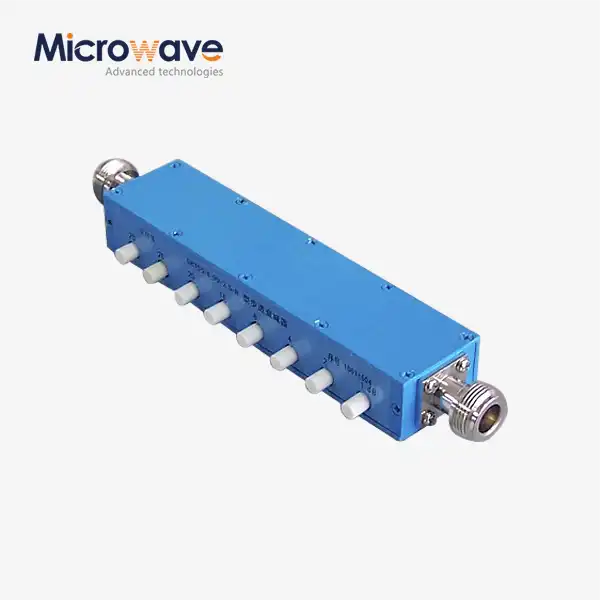
_1733809032116.webp)
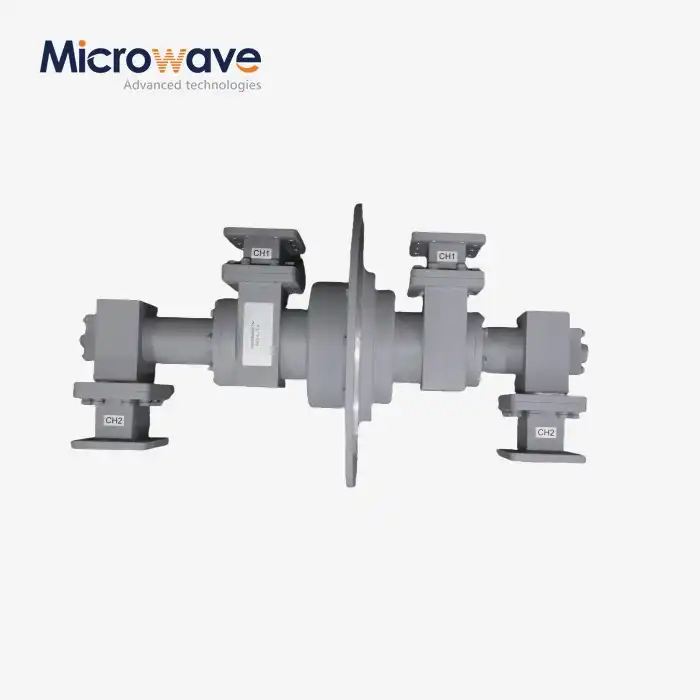

_1733738410152.webp)
